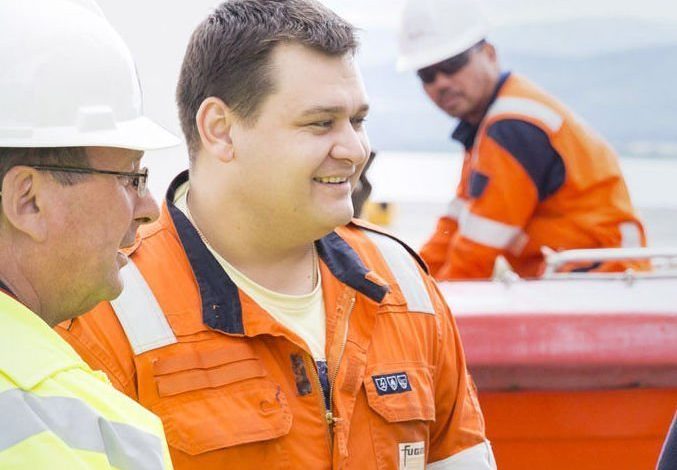Wifi clicks with seafarer wellness

A simple test with one ship with wifi and another with no internet connection clearly highlights the impact digital access has on the wellbeing of crew at sea.
Carried out by charity Sailors’ Society, satellite company Inmarsat and researchers from Royal Holloway, University of London, the immersive study was carried out onboard two containerships for 10 days.
The study claims there is a fundamental importance of reliable connectivity and the impact it has on mental wellbeing, operational efficiency and safety, as well as its critical role in attracting new talent to the industry.
The report showed that access to wifi aboard ships – even limited – helped reduce some of the emotional stresses that come with separation from families. However, the research also showed that where there were weekly limits of connectivity, this forced seafarers to ration their allowance to certain periods or to prioritise contact with friends. Restricting usage also meant that domestic issues could not be resolved immediately or in real time, adding to personal stress or anxiety.
The ability to connect with family on a regular basis while away was also understood to ease transition into home life when returning from sea. In particular, being in frequent contact allowed people to keep up to date with everyday mundane events and activities at home, minimising the feeling that they were missing out on important life events.
In addition, one of the report’s key findings was how connectivity is becoming a significant factor in recruitment particularly for those entering the industry. Young people – who have been brought up with constant connectivity – are viewing an ability to get online as a significant deciding factor as to whether they commit to a career at sea.
One of the historic arguments from shipowners for not providing onboard connectivity has been that it disrupts work and rest patterns. However, this latest research maintains that, in fact, not having reliable onboard internet impacts such patterns. It found that if the only method of digitally engaging with kin and friendship networks is through personal mobile phones, seafarers would connect when the ship was within mobile signal range, regardless of the time of day, external factors, work or rest hours.
“Digital connectivity at sea has been one of the major talking points of the decade in the maritime industry, which has been slow to adopt technology enabling improvements in connectivity across the world’s commercial fleet,” said Dr Rikke Bjerg Jenson, one of the principal researchers from Royal Holloway, University of London. “While several studies have used surveys to try to establish the rate of these improvements and their wide-ranging implications, none – to our knowledge – has taken observations of crew behaviour and conversations with seafarers as their starting point.”
Sailors’ Society CEO Stuart Rivers said: “This study offers valuable insights into the huge impact that connectivity can have on seafarers’ well-being, which is of vast importance to the maritime industry. We all have a duty of care to those who are the foundation of our businesses – and with mental health playing a key role in their decision-making abilities, if we neglect that duty the consequences can be deadly and costly.”
“In terms of future sustainability, the industry needs to consider the significant expectations of the next wave of talent into the industry who will see access to online as a major factor in their career decisions,” said Drew Brandy, senior vice president at Inmarsat.
